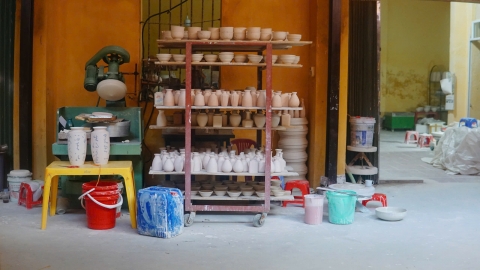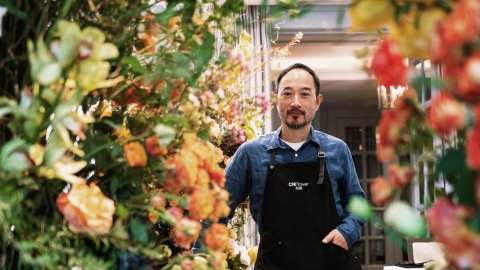About Chau Phong to see silk woven into fabric
When the rice fields in the West are green in early summer in June, the Mazda CX-30 slowly glides through the rustic country roads, old markets, through the heart of the city to the Cham village in Chau Phong, Tan Chau, An Giang, where traditional brocade fabrics are woven every day.


Mazda CX-30 on the roads of the West
Since the early years of the 19th century, the people here began to develop the brocade weaving profession. The creaking sound from the looms became a familiar sound in the quiet countryside. The women wearing traditional scarves weaved cloth every day, one generation passed it on to the next, thus diligently preserving the traditional culture of their people to this day.
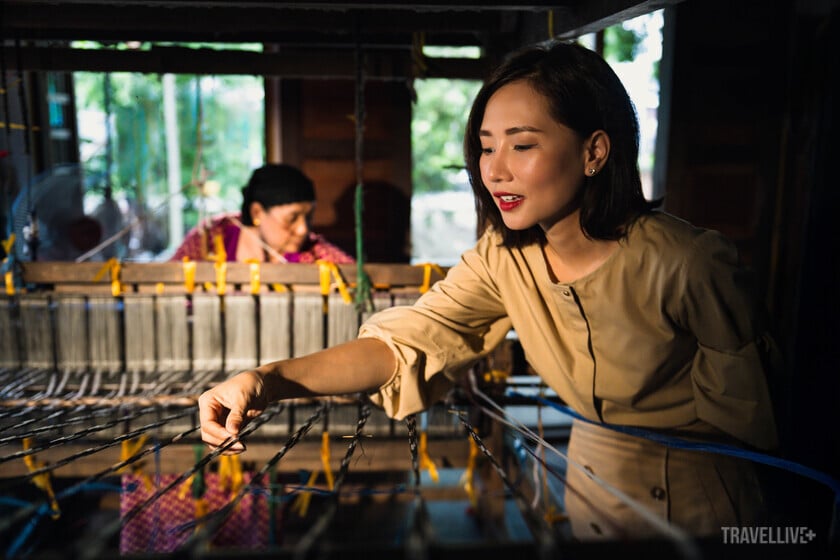
Brocade weaving is a traditional ethnic culture preserved by the Cham people in Chau Phong, An Giang and spread through tourism activities today.
Weaving a brocade fabric requires the craftsman to spend a lot of time and effort on each stage. From the fragile silk thread, skilled craftsmen use their skillful hands to dye and dry it before entering the more difficult stage of threading. Depending on the color and pattern, the silk thread is stretched vertically on the loom, then the craftsman will insert the horizontal threads while weaving to create the fabric structure.
Between the Cham artisans diligently working on their looms and the Takumi - Mazda's master craftsmen in the design workshop, there seems to be an invisible thread connecting them: the spirit of meticulous craftsmanship and the passion for creating works with soul.
While the Cham people painstakingly thread each thread, weaving patterns imbued with cultural identity, the Takumi artisans at Mazda also quietly mold each line of the car body on clay, paying attention to the smallest details to achieve aesthetic perfection before entering the production process.

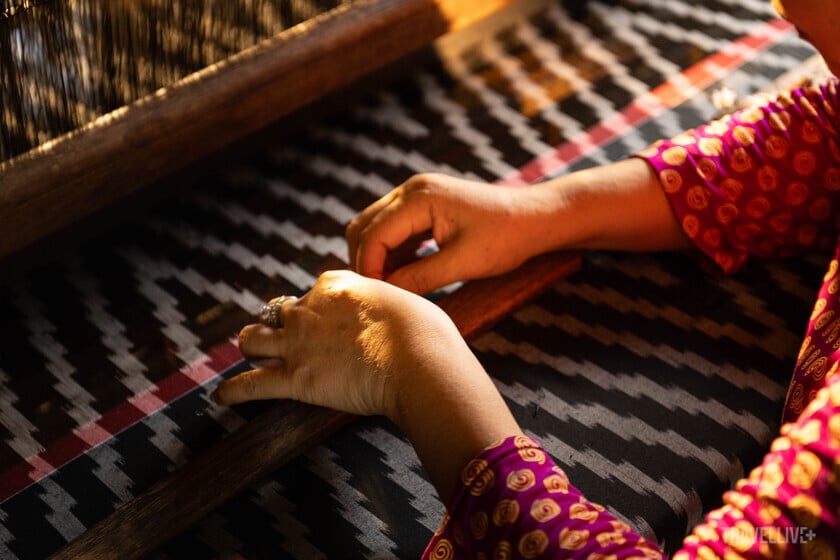
The woven fabrics gradually take shape through the hands of Cham village artisans.
Whether it is a strip of brocade or a line on the body of a car, it is not only a handmade product but also a place that contains the story, emotions and fingerprints of the artisan. More than just clothes or means of transportation, they are creations that can be seen, touched, and feel the silent dedication in every detail.
Mazda CX-30 - When artisans' hands touch technology
Like the hand-woven fabrics of the Cham people in Chau Phong, where each thread is spun with all the patience and skilled hands, the Mazda CX-30 is the crystallization of Japanese craftsmanship.
From the sketch to the first clay block, each curve of the CX-30 is hand-shaped by Takumi, paying attention to the smallest details. This clay model is called "Goshintai" by Mazda, meaning to convey the essence and soul of the creator as a living entity with "the soul of movement".
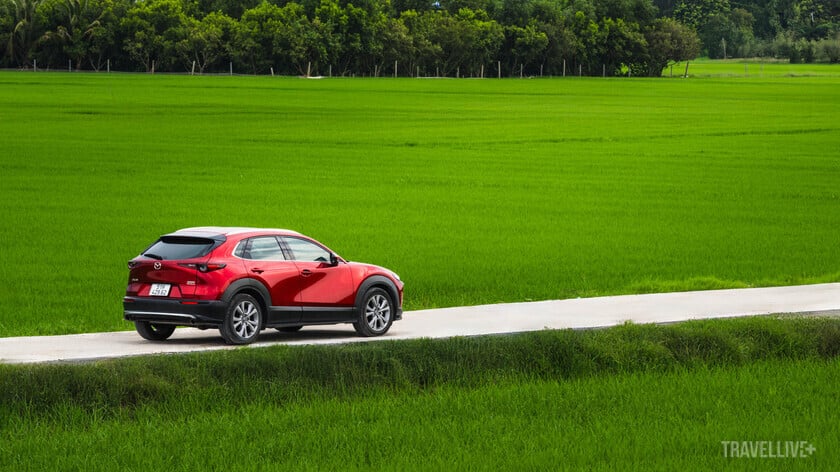
Like Cham brocade, every line on the Mazda CX-30 is crafted by the hands of Japanese Takumi artisans.
The Mazda CX-30 is also an SUV that represents the new generation of KODO - Soul of Motion design language, developed in the minimalist direction of "Less is More" with the spirit of Japanese aesthetics. The car's design is inspired by three elements: Yohaku (the beauty of empty space), Sori (the elegance of curves) and Utsuroi (the subtle transition between light and shadow) - elements also often seen in traditional Noh theater performances. Thanks to that, the car not only conquers the eyes but also moves the emotions of the viewer, evoking poetry in every movement.
With the design philosophy of "Human Centric", the layout of the accelerator pedal, seating position, buttons, operating information, driver's vision... are carefully researched and designed by Mazda according to human behavior and reflexes to bring the most natural and comfortable driving position as well as minimize blind spots, avoiding distraction while driving. The vehicle space is arranged axially and symmetrically to bring balance, the interface of the details are all oriented towards the user for easier interaction and control. The streamlined interior compartment brings a close, friendly experience and ensures good visibility for the driver and adds utilities such as HUD screen, Apple CarPlay and Android Auto connection, auto-anti-glare mirror...

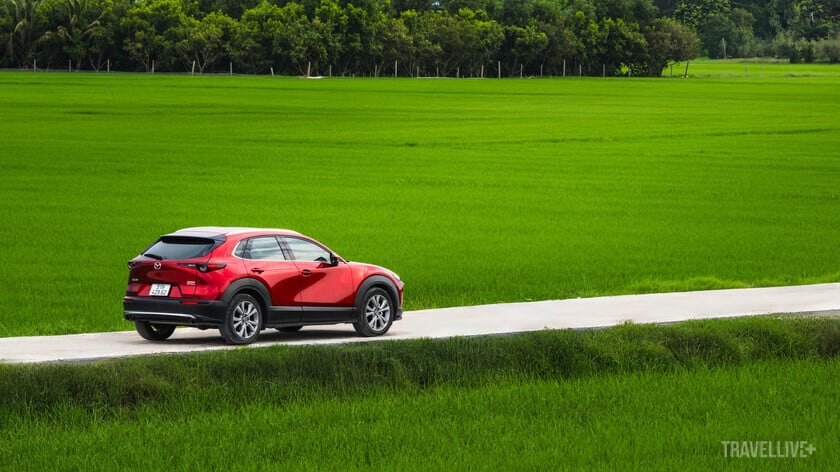
Like Cham brocade, every line on the Mazda CX-30 is crafted by the hands of Japanese Takumi artisans.
The Cham people's looms usually consist of main and interconnected parts such as: loom, go (go), yarn winding shaft (ruc), stamping table, shuttle, crossbar, and fabric winding shaft (the last part used to wrap the fabric after weaving).
The weaving stage can be considered the time when the artisan breathes life into the fabric, when each individual thread is woven together, each streak of color is combined into a patch. Each piece of fabric takes from one to several hours to complete, showing the meticulousness and dedication of the artisans who are deeply attached to the traditional values of the nation.

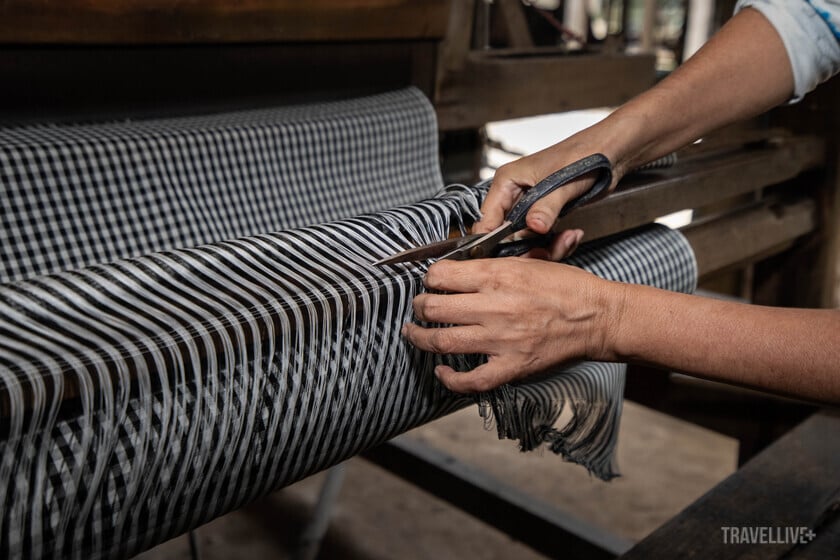
Weaving brocade is done by hand to preserve its pure beauty through many generations.
The loom that shapes the brocade fabric is just like the car frame that shapes the driver's experience. With a refined and minimalist design, the Mazda CX-30 offers an airy space, but every interior detail is meticulously crafted by artisans in the spirit of handcrafting to create a different class.
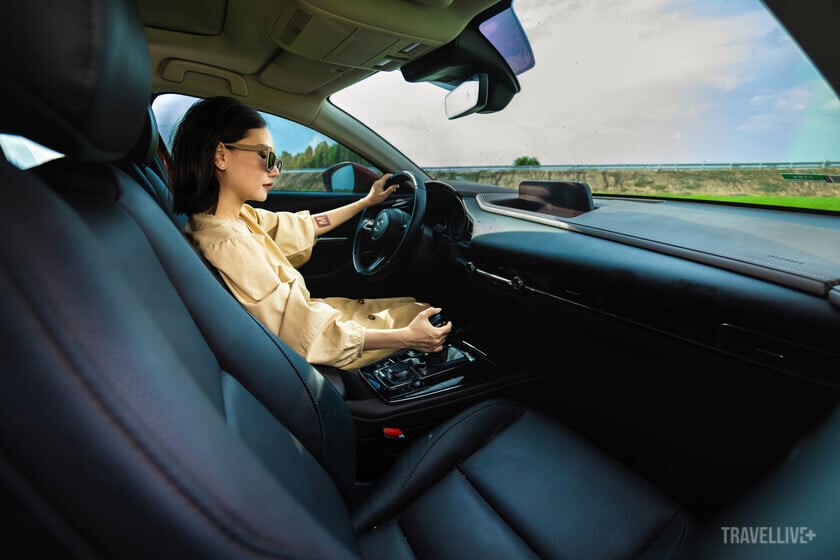
The Mazda CX-30's space is streamlined to create a spacious, airy feeling.
The rear of the car has a symmetrical design that creates a sense of solidity and solidity combined with embossed details that bring strength and dynamism. The body of the car is designed to be streamlined with a single line but still creates a lively feeling. The front grille is a combination of chrome borders symbolizing the Mazda brand wings and LED headlight system to optimize the experience at night.


The body details are minimalist with the highlight being the embossed lines.
Despite the support of modern technology today, the Cham people in Chau Phong still maintain their traditional way of weaving fabric by hand as a way to convey the quintessence of the craft village into each product. Today, woven fabrics are still highly applicable, in addition to being used as traditional costumes, they are also considered meaningful souvenirs for tourists who love culture, especially foreign tourists.
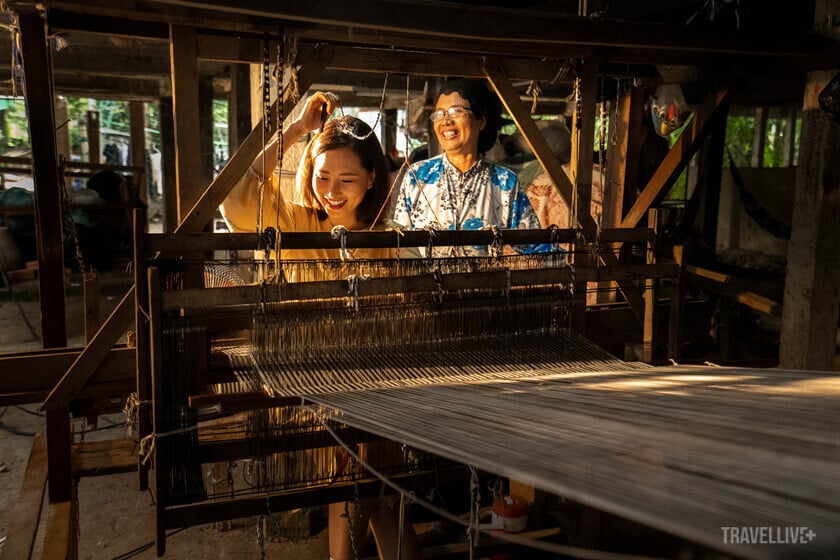
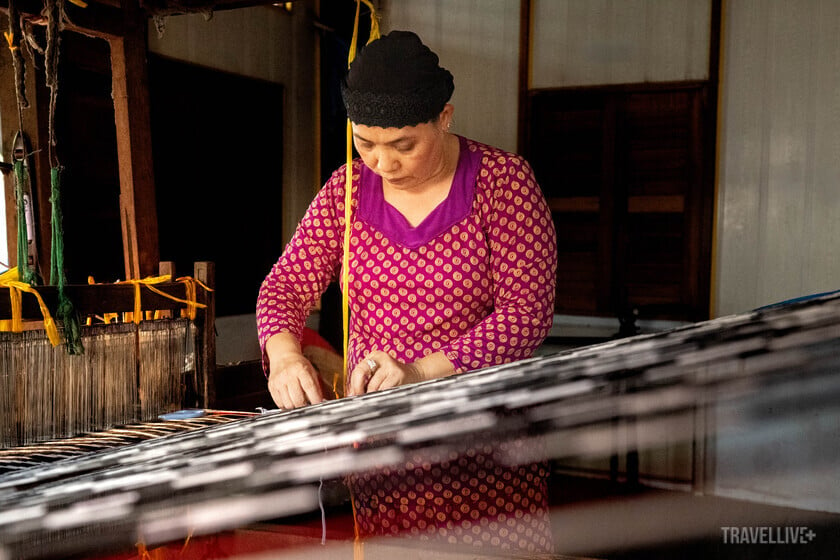
Cham brocade fabrics are highly applicable in daily life and local tourism activities.
More than just a means of transportation, the Mazda CX-30 is also considered a "work of art" that combines modern technology and humanistic design philosophy.
Building on the SkyActiv-Vehicle Architecture platform developed based on research into the natural movements of the human body, the CX-30 delivers a smooth, balanced and emotional driving experience. From the spine-supportive seating structure, the finely tuned suspension system, to the powerful yet fuel-efficient SkyActiv-G engine, every element works together to create a smooth and natural overall operation.
In addition, the G-Vectoring Control Plus acceleration control technology and the i-Activsense active safety package not only increase vehicle stability but also help the driver respond better in all situations. With the Mazda CX-30, each journey is not only a journey to be conquered but also an experience that awakens the senses and arouses excitement behind the wheel.


Mazda CX-30 is equipped with many modern technologies to bring safe journeys to users.
Based on traditional values, skilled craftsmen in Cham Chau Phong village have used their calloused hands over many years to weave a unique culture from half a century ago. In harmony with the respect and preservation of traditional cultural values and the promotion of creativity and innovation, Mazda CX-30 is a fusion of traditional aesthetics and modern design language, showing the spirit of Japanese Mastery and Human Centricity of the brand.





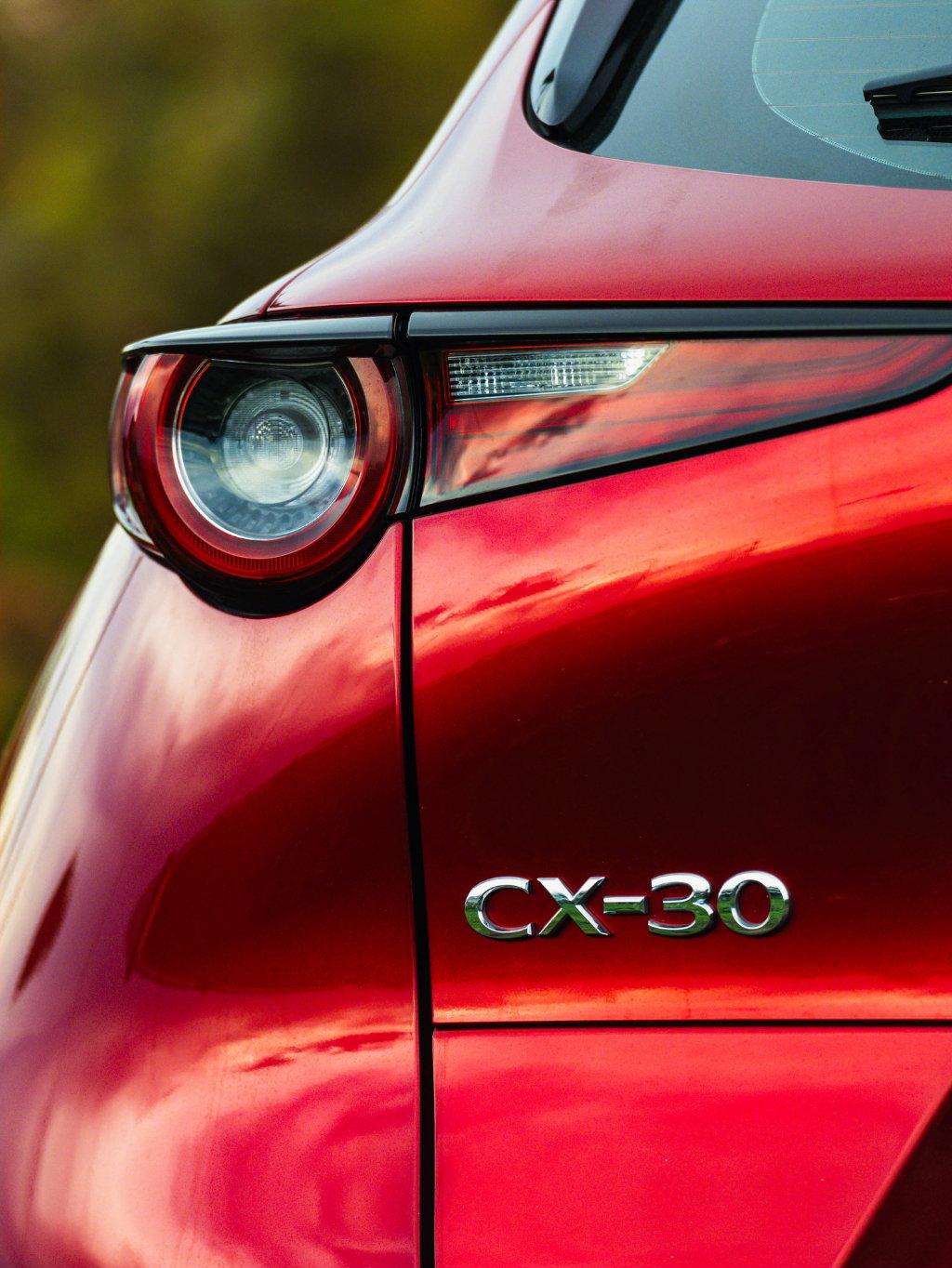
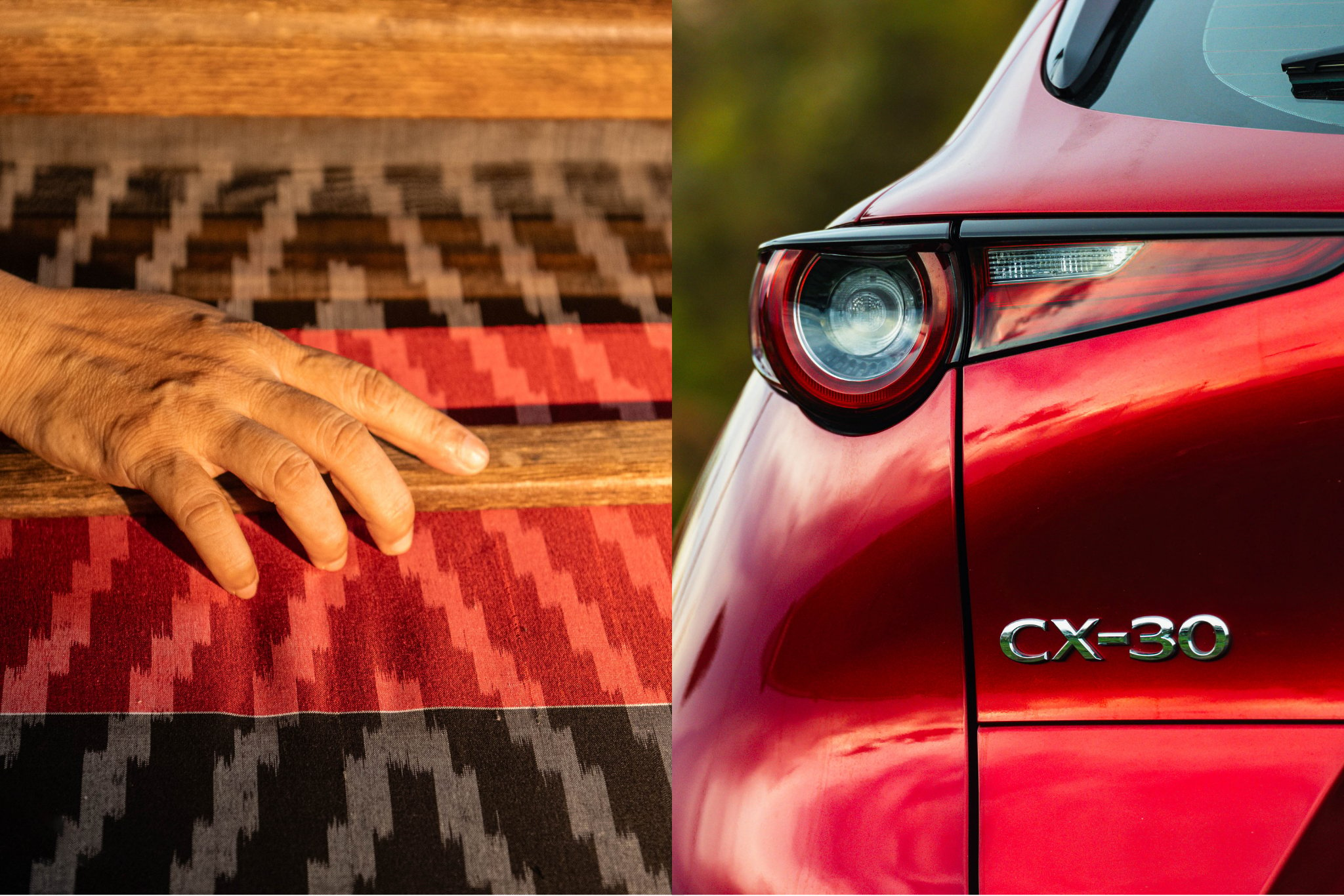













.jpg.jpg)







